Fiber
While most agriculture is geared to food production, there are also growing opportunities in the production and processing of natural fiber for use in textiles, building materials, paper, and manufacturing. The Americas account for about 50% of global fiber production. Valuable animal fibers can be humanely and sustainably harvested from sheep, goats, camelids, bison, musk ox, yaks, rabbits, and even household pets.
Silkworms can be cultivated, and responsible wildcrafting of native plants, such as nettles, dogbane, and yucca, can yield fiber for high-value, handcrafted items. Cotton is the best-known plant-based fiber crop in the U.S., but hemp and flax are regaining popularity as climate-conscious consumers move away from petroleum-based fibers. Native American artisans carefully tend willows, tules, and various strong grasses as fiber for basketry and woven items. Fast growing bamboo, cottonwoods, pines, and other tree species can be managed for the sustainable production of paper products and building and manufacturing materials. Cultivation of plants that yield natural dyes, such as indigo and madder, is a growing niche market. And those messy walnut hulls beneath your nut trees, as well as many weedy plants in ditches, are potent and potentially profitable sources of natural dyes.
Fiber and related crops can provide a supplemental or even primary income stream for producers. Most fiber crops also yield byproducts useful for other purposes such as food or medicines for people and livestock, fuel for heating, or excellent compost materials to build soil health and resilience. Hemp fiber waste makes a highly effective, biodegradable mulch alternative to plastic weed barriers and row covers.
Fiber production has been a significant part of agriculture throughout human history, and now more than ever, there is value in rethinking local and sustainable fiber systems, even as we do so for food. Consult the practical ATTRA resources below to get started on your fiber enterprise.
Related Topics
Staff Experts


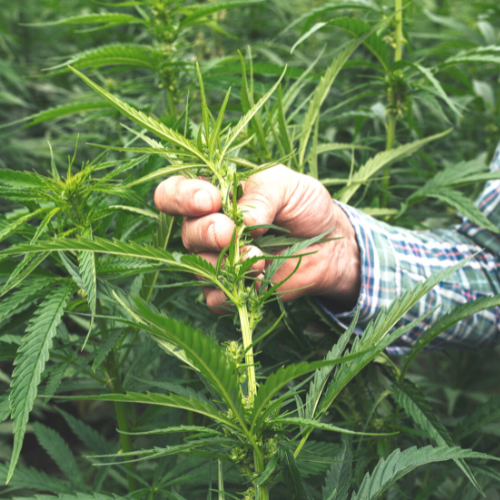
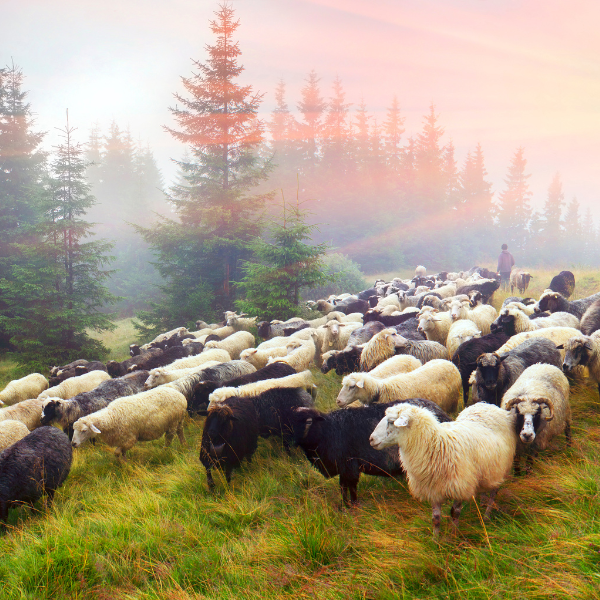
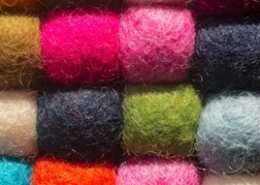


 USDA NRCS
USDA NRCS
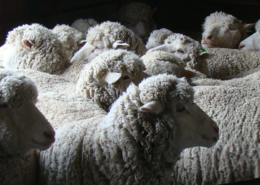



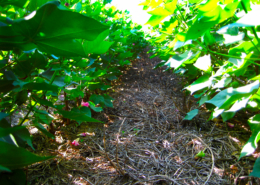
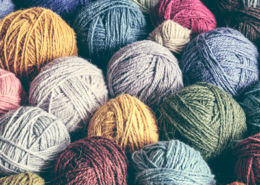
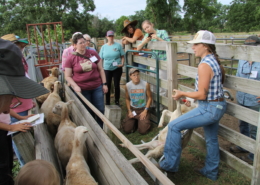 NCAT
NCAT